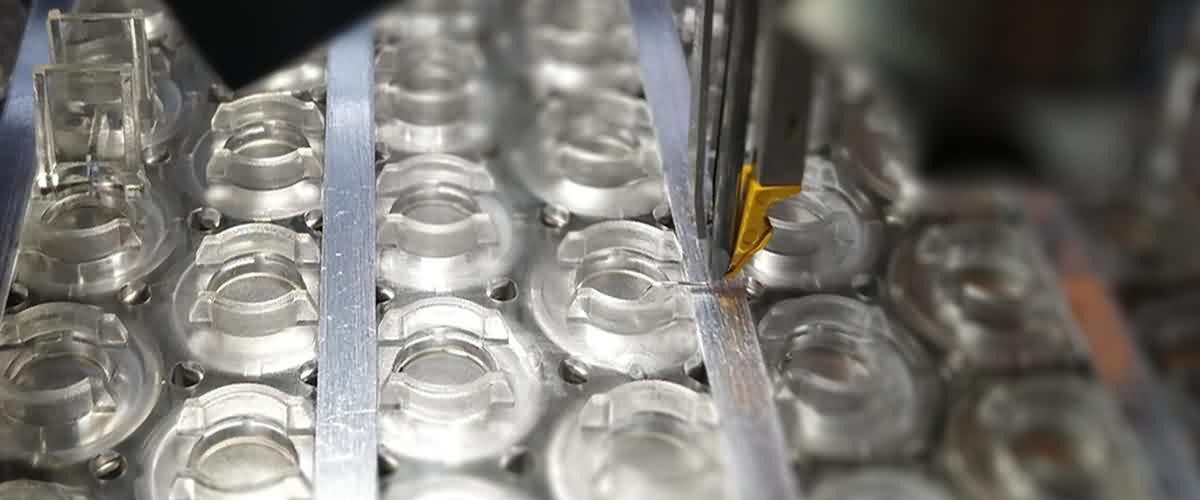Non-rechargeable batteries, also known as disposable batteries, are an integral part of our modern lives, powering a wide range of devices from remote controls to flashlights. Understanding how these batteries work and why they cannot be refilled is crucial for both consumers and environmental conservation. In this article, we will unravel the inner workings of non-rechargeable batteries, explore the chemistry behind their operation, and delve into the reasons why they are not designed for refilling.
The Chemistry Behind Non-Rechargeable Batteries: To comprehend why non-rechargeable batteries cannot be refilled, we must first delve into the chemistry that governs their operation.
1.1 Electrochemical Reactions& The Discharge Process
- Anode and Cathode: Non-rechargeable batteries consist of a positive electrode (cathode) and a negative electrode (anode), each made of specific materials that enable electrochemical reactions.
- Chemical Reactions: When a non-rechargeable battery is in use, chemical reactions occur at the anode and cathode, leading to the production of electrons and electrical energy.
The Irreversible Nature of Non-Rechargeable Batteries: The fundamental reason why non-rechargeable batteries cannot be refilled lies in the irreversibility of their chemical reactions.
2.1 One-Way Process& Degradation and Capacity Loss
- Irreversible Reactions: The chemical reactions that take place within non-rechargeable batteries during discharge are primarily irreversible. Attempting to reverse these reactions during refilling would necessitate external energy input, which these batteries are not designed to accommodate. Built-In Limitations: Non-rechargeable batteries are engineered with components that degrade during use, limiting their capacity and rendering them unsuitable for refilling. Refilling would not restore their original performance or capacity.
The Environmental Impact and Recycling: Though non-rechargeable batteries cannot be refilled, they can and should be responsibly recycled to mitigate environmental impact.
3.1 Collection and Recycling Programs& Sustainable Alternatives
- Battery Recycling Initiatives: Many regions have established battery recycling programs, allowing consumers to drop off used non-rechargeable batteries at designated collection points. Material Recovery: Recycling these batteries helps recover valuable materials like metals (e.g., zinc, cadmium), which can be reused in various industries. To minimize waste and environmental impact, consumers can explore more sustainable alternatives.
4.1 Rechargeable Batteries& Energy-Efficient Technologies
- Repeated Use: Rechargeable batteries offer a sustainable solution as they can be recharged and used multiple times, significantly reducing waste. Environmental Benefits: By opting for rechargeable batteries, consumers contribute to resource conservation and reduced landfill waste. Reducing Dependency: Using energy-efficient devices and technologies helps decrease the overall demand for batteries, thereby lessening environmental impact.
Non-rechargeable batteries play a vital role in powering numerous devices, but their irreversibility and built-in limitations make them unsuitable for refilling. Instead, responsible recycling is encouraged to minimize waste and promote environmental protection. Rechargeable batteries and energy-efficient technologies offer sustainable alternatives, contributing to resource conservation and a cleaner, greener future. Understanding the underlying chemistry and limitations of non-rechargeable batteries empowers consumers to make informed choices and reduce their environmental footprint.
Post time: Sep-19-2023





